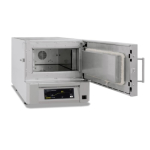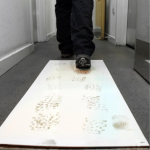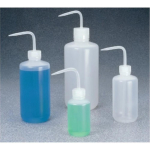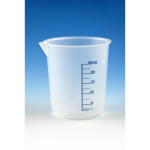These ashing furnaces are designed for ashing processes up to 1050 °C in the laboratory. Applications include determining loss on ignition and ashing food and plastics for subsequent substance analysis. A special fresh-air and exhaust air system ensures that the air is replaced 6 times per minute so that there is always sufficient oxygen for the ashing process. Incoming air passes the furnace heating and is pre-heated to ensure good temperature uniformity.
Standard Configuration:
Tmax 1100 °C
Models from 3L to 15L capacity
Hating from two sides
Ceramic heating plates with integral heating element which is safeguarded, and easy to replace
Air exchange of more than 6 times per minute
Good temperature uniformity due to preheating of incoming air, temperature uniformity according to DIN 17052-1 to +/? 10 °C in the defined empty work area (from 550 °C)
Suitable for many standardized ashing processes according to ISO, ASTM, EN, and DIN
Optional flap door (LV) which can be used as work platform or lift door (LVT) with hot surface facing away from the operator
Controller B510 (5 programs with each 4 segments), alternative controllers available
Additional Equipment:
Over-temperature limiter with adjustable cutout temperature as temperature limiter to protect the oven and load
Port for thermocouple in the rear wall or in the furnace door
Charging rack with closed or perforated trays for loading the furnace in two levels incl. holder for inserting/removing the trays up to a max. temperature of 800°C and a max. loading weight of 2 kg for the LV(T) 9/11 respectively 3 kg for the LV(T) 15/11
*This is designed to be a representation of the features available for this range. For more technical information and information on additional equipment please consult the brochure and reach out for a quote. This furnace features no safety technology for processes which produce combustible mixtures, for example debinding. If the furnace is still used for such processes despite this fact, the concentration of organic gas mixtures in the furnace must never exceed 3% of the lower explosion limit (LEL). This pre-requisite applies not only to normal operation but, in particular, to exceptional situations such as process disruptions (caused, for example, by the failure of a power unit). You must ensure that the furnace is adequately ventilated and vented. *











